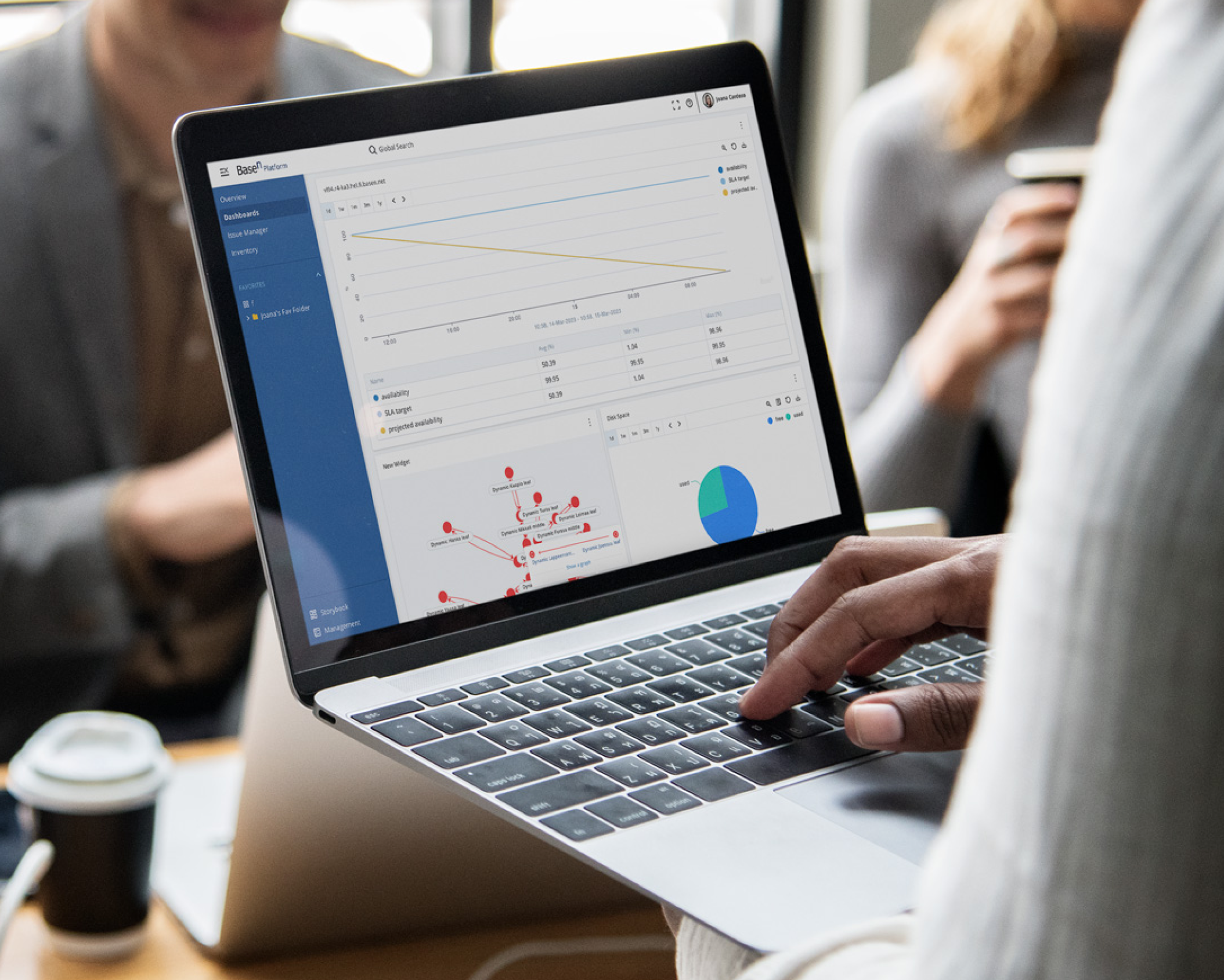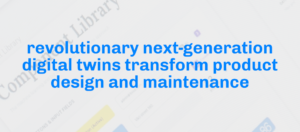Smart cities are more than a trend – they’re the wave of the future because the world is becoming more urban, with 60% of the population expected to live in cities by 2050 (Maddox, 2018).
The concept of a smart city has been in existence for over a decade, but it is only in recent years that the term “smart city” has gained widespread recognition. Barcelona (Spain) is often credited as one of the early adopters, with initiatives that ignited the trend. Subsequently, other cities, including Dubai, Singapore, Hamburg, and Copenhagen, have also embraced the concept.
Initially, these cities may have seemed forward-thinking in their adoption of the smart city concept. However, in today’s landscape, cities that fail to invest in this concept risk being left behind. The exponential growth of urban populations and increased awareness of environmental challenges have compelled cities worldwide to leverage advanced technologies and seek sustainable, integrated solutions for urban development, ultimately enhancing the quality of urban life for their citizens (European Commission, 2020).
As part of smart city initiatives, smart buildings have also drawn more attention. In Finland, our weather conditions have demanded us to seek innovative solutions in city planning. In the report: Smart City Solutions from Finland, it was stated that buildings accounted for 40% of energy consumption in Finland, motivating people here to make buildings smarter and more data-driven. And growth in the smart building market is not only visible in Finland but also worldwide.

WHAT IS SMART BUILDING?
Building owners today are beginning to look outside the four walls and consider the impact of their building on the electrical grid, the mission of their organization, and the global environment. To meet these objectives, it is not enough for a building to simply contain the systems that provide comfort, light, and safety. Buildings of the future must connect the various pieces in an integrated, dynamic, and functional way. This vision is a building that seamlessly fulfills its mission while minimizing energy costs, supporting a robust electric grid, and mitigating environmental impact.
(Building Efficiency Initiative, 2011.)
Smart buildings operate on a revolutionary network architecture comprising interconnected subsystems and enhanced sensor capabilities. By leveraging Internet of Things (IoT) technology and analytics, a smart building becomes an integrated and dynamic functional system. Unlike traditional approaches that treat data as isolated entities, a smart building utilizes collected data to drive informed actions and optimize performance. This paradigm shift enables buildings to proactively respond to changing conditions and deliver enhanced functionality and efficiency.
With digitalization, the buildings will also be organic systems that can adjust intuitively to people’s needs. Thus, instead of being a passive infrastructure, a smart building has an active role in shaping the experiences of the occupants working, studying, and/or living inside.

WHY IS SMART BUILDING NECESSARY?
IoT technology has become increasingly prevalent across various industries, revolutionizing the way products and services are optimized to meet consumer demands. The facility management industry is no exception to this trend. As digitalization continues to permeate every aspect of our lives, building users now anticipate services that can only be delivered through digital transformation. In light of this, smart buildings have emerged as the obvious solution to meet the evolving expectations of occupants. Considering that we spend approximately 90% of our day in buildings, implementing smart technologies within these spaces offers a smarter and more efficient approach to enhancing the overall user experience.
The center focus of the smart building is its end-users. The key idea behind making buildings ‘smart’ is to turn collected data into valuable insights. These insights help buildings’ owners and other involved stakeholders understand the needs of their end-users better so that they can design services accordingly.
Consider the illustration below (Figure 1) which depicts the future of building maintenance as predictive maintenance. Replacing reactive maintenance, when people collect data manually, predictive maintenance incorporates IoT technology to help people act upon data collected from various sources in the buildings. Faults of buildings and other equipment can be detected and notified to the responsible officials only when they need repairing. This helps to improve the efficiency of workers and avoid unnecessary costs.
Moreover, predictive analytics are important in the continuous improvement of buildings’ performance, to respond to the changing needs of their end-users.

Additionally, the energy efficiency of buildings is one of the most important sustainability goals for many organizations these days. Building automation systems have already existed to provide energy for the buildings sufficiently, but this solution may not be enough. Buildings’ energy consumption should be monitored continuously to provide an accurate picture with real-time data for involved stakeholders. This is also where the concept of smart building steps in.
HOW DO SMART BUILDINGS WORK?
Using sensors and devices, real-time data is collected from multiple data gathering points within buildings. To effectively process and visualize this data as actionable information, an IoT platform, such as the digital twin and IoT platform of BaseN, is required. This platform integrates a wide range of sensors and technologies, enabling building owners to optimize performance and create environments that are more comfortable, safe, productive, energy-efficient, and sustainable.
BaseN Platform demonstrates its sustainability and adaptability in the rapidly evolving IoT era, drawing from previous experiences in implementing smart building environments that are already in production. BaseN Platform not only collects all this information but also makes it easy to access years of stored data for analysis.
Furthermore, with a digital twin and IoT platform like BaseN Platform, building owners can effectively implement and harness the full potential of their buildings’ virtual representation. BaseN Platform can record and manage the entire life cycle of the buildings. Digital twins facilitate a high degree of fully automated adaptability, sustainability, scalability, reliability, and security, all of which are vital components in the interconnected digital realm of objects.
By using sensors to detect the motion of the buildings’ users, smart buildings can also learn about their end-users’ behaviors. This allows building owners and facility managers to implement people-driven solutions.

SMART GRID
A smart building can also connect to a smart grid – a smart electric system. A smart grid is another important pillar in smart city initiatives. A smart grid enhances cities’ capabilities in outage detection, continuous and disaster recovery, as well as power transmission and distribution.
Digitalization adopted in the grids will additionally allow cities to respond quickly to the changing electric demands. In this sense, connecting smart buildings with the smart grid is logical, because it establishes an integrated and collaborative communication between buildings’ utility providers, buildings’ stakeholders, and buildings’ end-users.
Based on our previous experiences in developing energy-efficient apartment buildings that were connected to smart grids, BaseN played a pivotal role in assisting facility managers in optimizing the buildings’ energy systems for maximum efficiency and cost savings. This was achieved through real-time monitoring and collection of historical data, enabling precise adjustments and informed decision-making.

MICROGRID
Another rising suggestion is integrating smart buildings and microgrids. Microgrids refer to the smaller scale of electricity distribution grids.
Microgrids are low and medium-voltage distribution networks comprising various distributed energy resources (DER), namely distributed generators (DG) and storage devices together with controllable or flexible loads that can operate either interconnected and/or isolated from the main distribution grid as a controlled entity. (IEEE PES, 2020.)
The microgrid was considered among the key technologies to solve energy and environmental problems. Connecting with microgrid technology, a smart building can look into using renewable and clean energy sources. The microgrid control system may also be integrated with the existing building automation system to optimize buildings’ energy management efficiently. Moreover, since microgrids can be isolated from the main distribution grid, smart buildings can be operated relying only on the nearby microgrid. Hence, the cost of power transmission can be reduced.
Additionally, in cases where the main distribution grid encounters issues, the microgrid remains operational, relying on local energy sources to ensure uninterrupted power supply.
ACCESS CONTROL
While many factors determine the ‘smartness’ of a building, the main characteristic of a smart building is enabling innovative solutions for humans based on IoT technology. Besides being people-centric, data-driven, and energy-efficient, a smart building is also about ensuring security for the tenants. In smart buildings, access to certain parts of a building can be customized based on different employees’ needs and authority. The locks themselves can impact the building’s energy consumption, for instance, magnets in a standard wired clock usually rely on electricity. Alternative solutions would be wireless locks running on battery, or innovative electronic access that does not need batteries or any external power supply.
Smart buildings go with smart security systems, including remote access control, remote door lock and unlock, and access control via biometrics. They increase buildings’ safety by minimizing the risks coming with previous traditional approaches. Besides, smart security systems are also useful in assisting with human-error cases, for example, remote access control is helpful when people forget to lock up.
CONCLUSION
In this rapidly evolving landscape of urbanization and digitalization, smart buildings stand as beacons of innovation and sustainability. They represent more than just bricks and mortar; they are the embodiment of progress and adaptability. As the world’s population gravitates towards urban centers, the need for intelligent, energy-efficient structures becomes paramount.
Smart buildings are not merely a response to this demand; they are the catalysts of change. They redefine the relationship between humans and their built environments, turning data into insights, and insights into actions that enhance our lives.
Moreover, they don’t exist in isolation. Smart buildings are integral to the broader vision of smart cities, where seamless connectivity, sustainability, and user-centric design converge to create urban landscapes of the future.
As we look ahead, the trajectory is clear. Smart buildings will continue to evolve, integrating even more advanced technologies, and redefining what it means to live, work, and thrive in urban spaces. The journey towards smarter, more sustainable cities begins with these intelligent structures, and the destination holds the promise of a brighter, greener, and more connected future.




